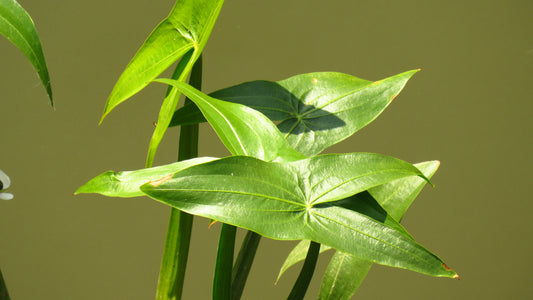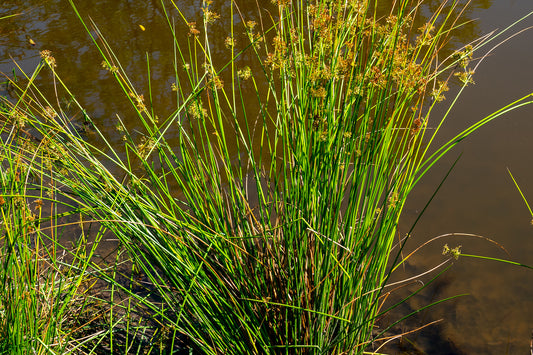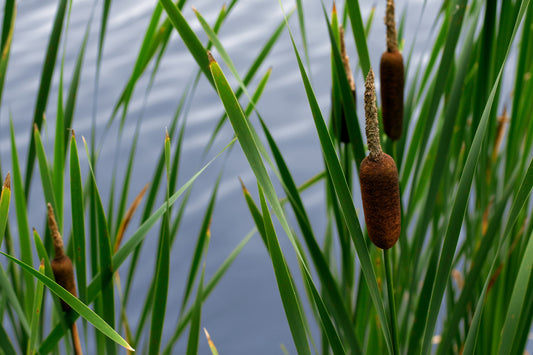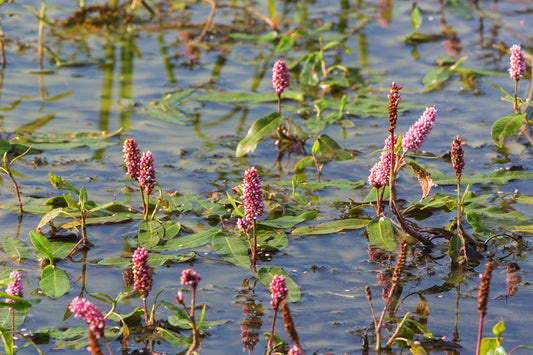
Shoreline Weeds
Shoreline weeds (sometimes referred to as emersed plants) are rooted plants often found along the shoreline that stand above the surface of the water, such as cattails. The stems of emergent plants are somewhat stiff or firm, causing most species to grow straight up.
Select a Shoreline Weed
-
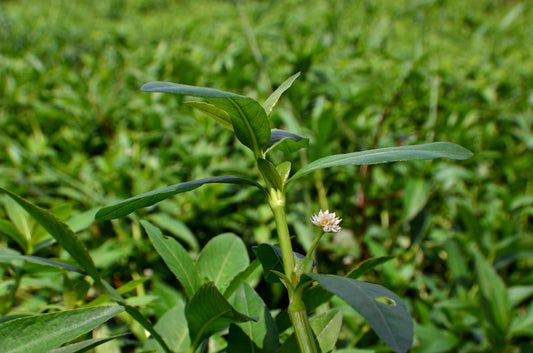
Alligatorweed
Alligatorweed
Alligatorweed is an emersed plant that grows in a variety of habitats, including dry land, but is... -

Creeping Water Primrose
Creeping Water Primrose
Creeping water primrose is a perennial plant that stands erect along the shoreline but also forms long... -
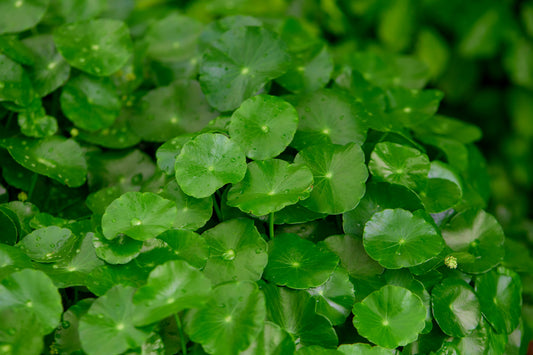
Dollarweed
Dollarweed
Dollarweed, also referred to as pennywort, has round leaves approximately one inch in diameter. The leaves are... -
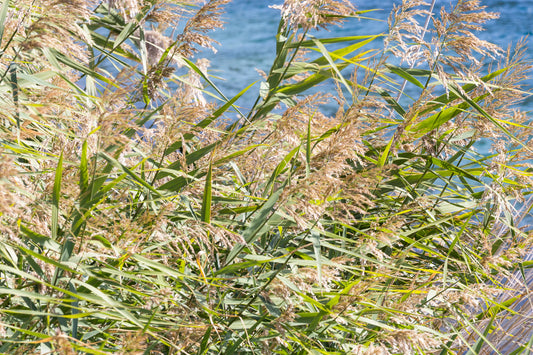
Phragmites
Phragmites
Phragmites is a large grass native to wetland sites throughout temperate and tropical regions of the world.... -

Pickerelweed
Pickerelweed
The native pickerelweed is a very common emersed plant. It is a prolific grower and can cover... -
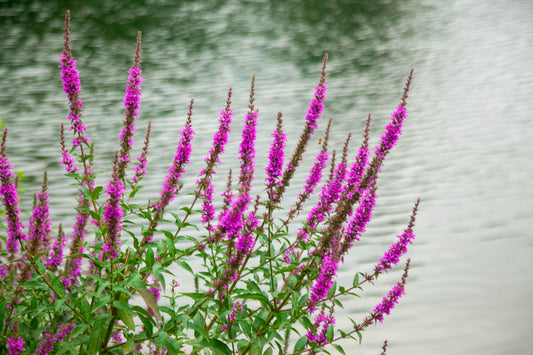
Purple Loosestrife
Purple Loosestrife
Purple Loosestrife is a perennial plant that grows 3 - 6 feet in width with numerous erect... -
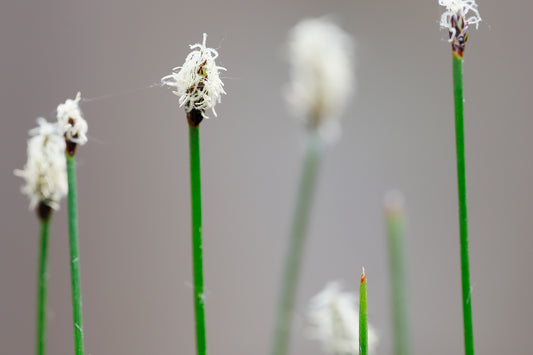
Spike Rush
Spike Rush
Spike rushes are small plants that look similar to grass. Spike rush can grow completely underwater and... -

Torpedograss
Torpedograss
Torpedograss is a non-native grass and can grow up to 3 feet tall. The rhizomes (underwater stems)...


